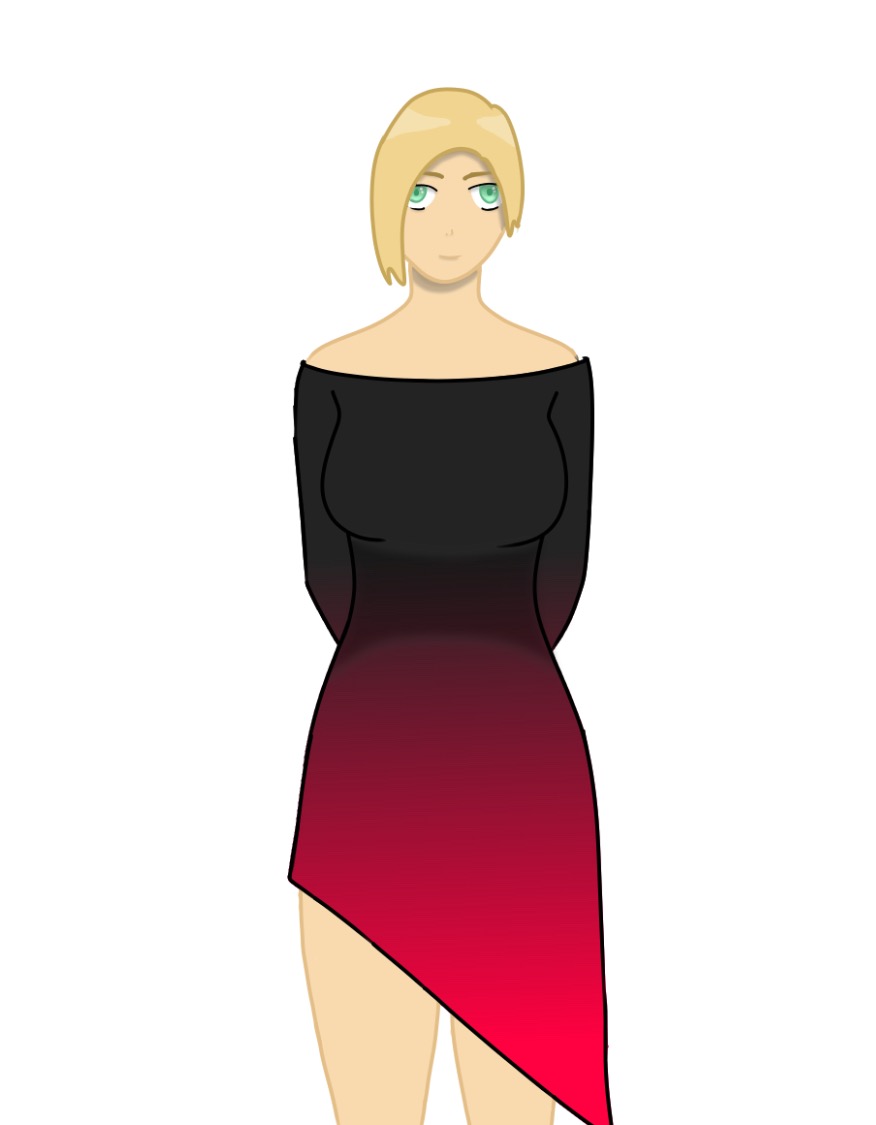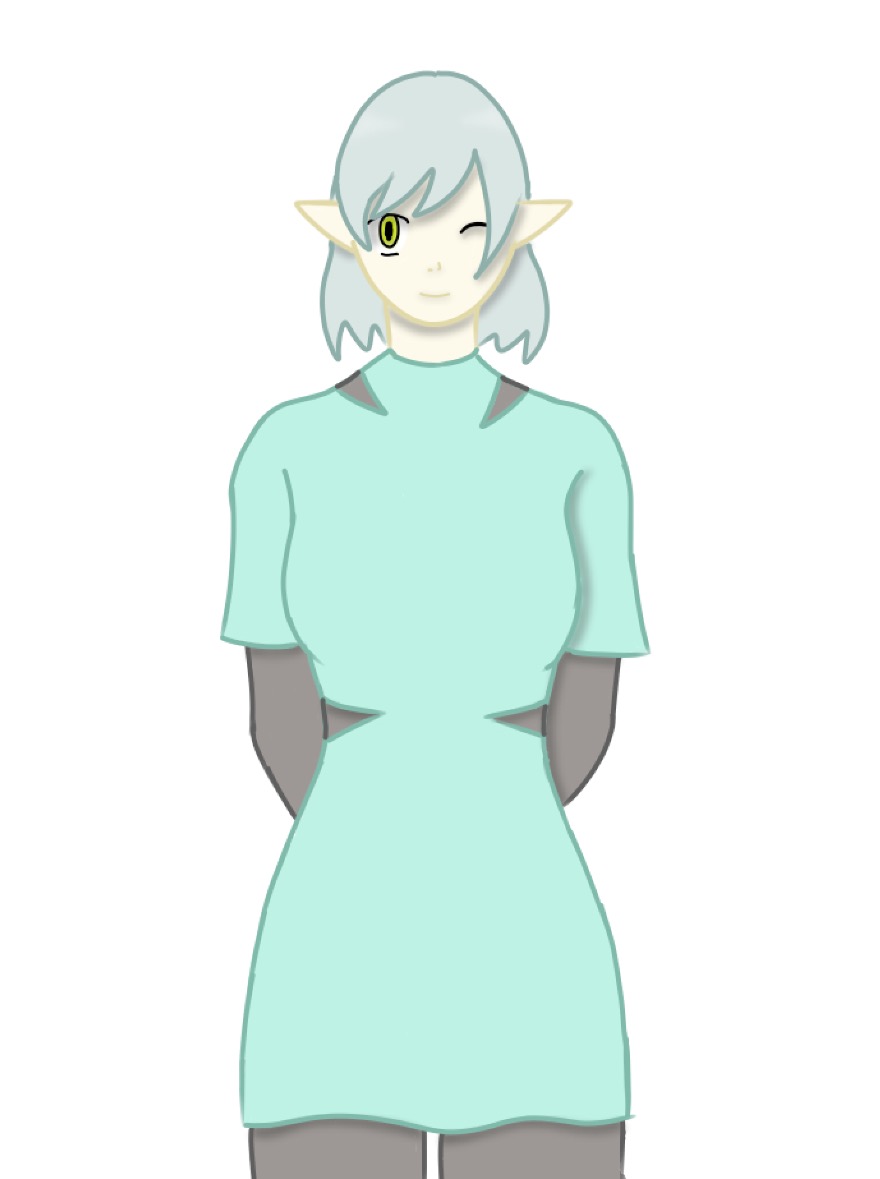To the west of the USOC, across the Great Sea, thousands of colonists set out each year to establish a new state or two. As always, they bicker and war with the neighbours, but should the characters want to branch out...
Step 1: Finding colonists


The more prestigious the group, the more they will get and the more money will be invested by the colonists.
Add up the total levels and bonus points of everyone in the party, then use this table:
| Total | Colonists | Initial Investment (c) |
|---|---|---|
| 0-40 | 6D6 | 100 |
| 41-80 | 6D6 * 2 | 200 |
| 81-100 | 1D12 * 12 | 400 |
| 101-140 | 1D20 * 12 | 800 |
| 141-200 | 1D20 * 24 | 16000 |
| 201-300 | 1D20 * 48 | 32000 |
| 301-500 | 1D20 * 96 | 64000 |
| 501-1000 | 1D20 * 200 | 128000 |
| 1000 plus | 1D20 * Total/50 | 256000 |
As well as colonists, crew for bases may be brought along if paid.
Step 2: Buying equipment
Design and pay for a base, and reasonable weapons for at least a third of your colonists/crew to fight off wild animals and other colony's invaders. Then buy vehicles to make the 100-1000km ocean crossing, as well as enough food and fuel. When you arrive, spend 1D6 days clearing the area of undesirable creatures. The amount of land you can keep patrolled is the total count of colonists and crew divided by 100, in square kilometres.
Then build the base; this takes about one day for each 20 m2 it takes up. 1D8 percent of the crew and colonists will be killed, either while patrolling or in construction. At last, they can move in - provided the base has enough accommodation for colonists and crew!
Step 3: Money
The colonists will proceed to set up their own businesses to feed themselves and trade with each other, and neighbouring colonies and the USOC. They will pay 1D6*10 credits each per annum in tax; crew can be released to become colonists, or colonists hired to become crew, as desired. After 1D4 years, larger industries start making profit; roll 1D4 for how many, then roll 1D100 on the table below for each industry. The number is the additional tax per colonist per year produced by that industry.
| Roll | Industry | Tax income/year |
|---|---|---|
| 1-20 | Agriculture | 1D6*5 |
| 21-40 | Metals | 1D6*15 |
| 41-45 | Minor Ores | 1D6*25 |
| 46-70 | Minerals | 1D6*7 |
| 71-80 | Uranium | 1D6*15 |
| 81-90 | Oil | 1D6*10 |
| 91-98 | Bulk Ores | 1D6*17 |
| 99 | Precious Ores | 1D6*50 |
A city will grow up near the base, and the borders slowly expand. The maximum size before other states are reached is 6D6*1,000 km2. More bases may be built, and every extra 1,000 km2, another industry may be rolled.

Colonists breed - every year, the population must be multiplied by 1.2.
The initial party will still be free to explore and adventure, but they lose the right to any more USOC education. Wars etc. may start with other colonies.
The GM should choose when new cities are founded, and the population and location of each, as an aid to assessing the damage of a nuclear war. A well- equipped and crewed army is a must.
After the first million colonists, other industries start to spring up - about one every million colonists. These are processing and refinement type industries - as opposed to raw materials, like the above list. Each new industry adds about 1D6*15 credits per colonist per year.
Public spending and Civil war
The government must spend 1D4*10*colonist count per year in public spending after the first year. If this amount is reduced, the leader must roll percentile dice more than the percentage drop proposed, or a rebellion will start. The GM chooses the effects of this.
Military spending
If money is spent upon research, new weapons may be designed. The GM will decide how much money a requested invention will take (usually several thousand credits), but does not tell the party. They keep adding money, and a month later, the GM will them if it was enough; and then the GM rolls 1D6 to see how many months it will take to finish, and tells the players. When it is finished, the characters may keep the plans secret, publish them, put them into production, etc.
Selling the plans will return about five times the development cost, but the opposition will get them!
War
For mass combat, always think in multiples. A thousand troops with rifles doing 6D6 damage will be able to do a total of 6D6*1,000 damage. If a mortar attack does 1,000 damage to the group, and each soldier has total armour and stamina 50, then 200 (1,000 / 50) of the troops will die. Just think in multiples, and it should be easy.